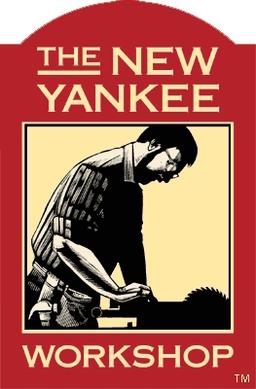Assuming proper alignment, is clamp n glue of the planks good enough joinery for long-term stability?
Iirc from various YouTubers who have tested these.
Biscuits being thin pressed wood fibers don’t offer much if any strength to any joints.
Dowels and dominos can help strengthen long grain to short grain joints.
Either will help with alignment with long grain to long grain glue ups.
I can’t provide sources, so take this with as many grains of salt as you wish.
As I understand it, their main benefit is in aiding alignment rather than for strength.
To echo what the others here have said, long grain to long grain glue is very strong. Dowels/biscuits/dominoes are helpful for alignment, but for a table top it won’t do much to increase strength.
Not an expert by any means, but I always heard the glue is just as strong, if not stronger than the wood itself. I’m waiting for a dowel-free glue up to dry as we speak, and I’m curious to see how it turns out. It’ll just be a 3/4” thick shelf, though, so I’m not terribly worried about strength. I might have to go with the extra stability of dowels or dominoes if I were working on a tabletop, though.
That “glue is stronger than wood” saying is mostly true. What is meant by that is that wood glue is a stronger binder than the stuff that binds wood fibers together naturally (lignen). However, under bending stress, the strength of wood glue is far inferior to the strength of wood grain. This is where the “don’t glue end grains together” myth comes from. End grain joints are fine, but if you expect them to perform like an unbroken fiber, you’ll be dissapointed.
I’ve purposefully bent many test glued joints and have never seen the actual spot that was glued break.
Clamp & glue is plenty strong. I’ve built a couple of desks with this approach plus a large dining table.
How long of a useful life are you looking to get out of this tabletop? How severe will the wear and tear be?
If you’re looking for something to last decades or stand up to heavy use, I think there’s no question that you need dowels/biscuits/whatever. Humidity and temperature changes are going to affect the bond between the glue and boards long-term, and the lateral pressure of heavy weight or motion will eventually be too much for that bond too.
If you just want to make something useful and nice while practicing your skills, don’t plan to have it support any real weight, and fully expect to transform it or cannibalize it for parts eventually, then probably just glue will do.
Thanks for the info! I’m hoping for a few years, at least, with daily use. Would steel legs like these from Semi-Exact be enough support to use glue only? BTW, I’m not married to the glue-only concept. Just really curious about all kinds of joinery.
I am not an expert, but I think if you’re keeping the joints perpendicular to the leg assembly and don’t have any joints hanging off on either side, those would be work great. Those look like a sweet find! I think I’d also glue-only the tabletop if I were using them.



